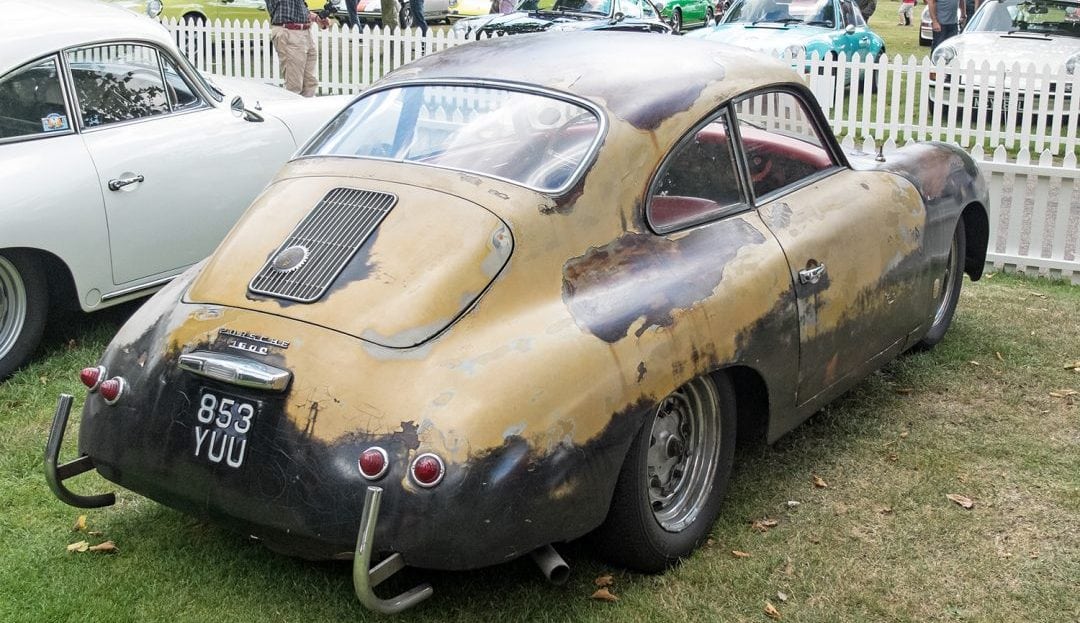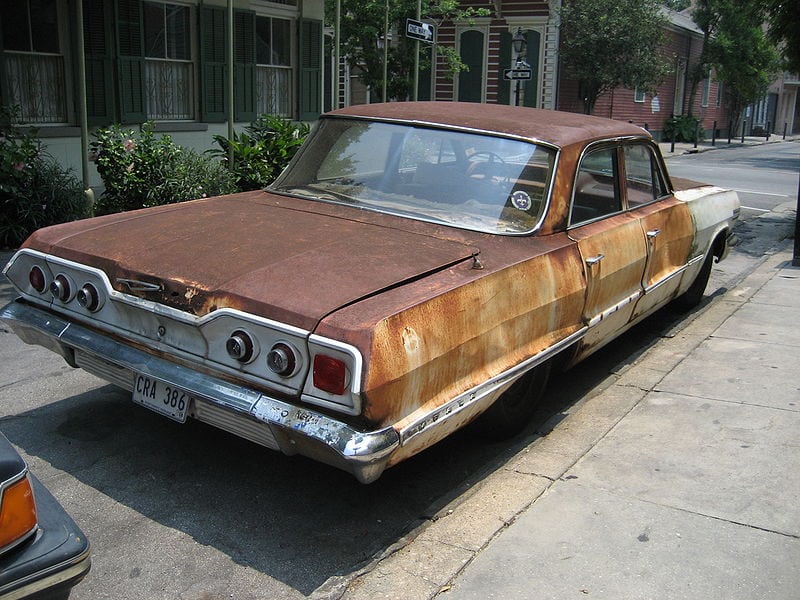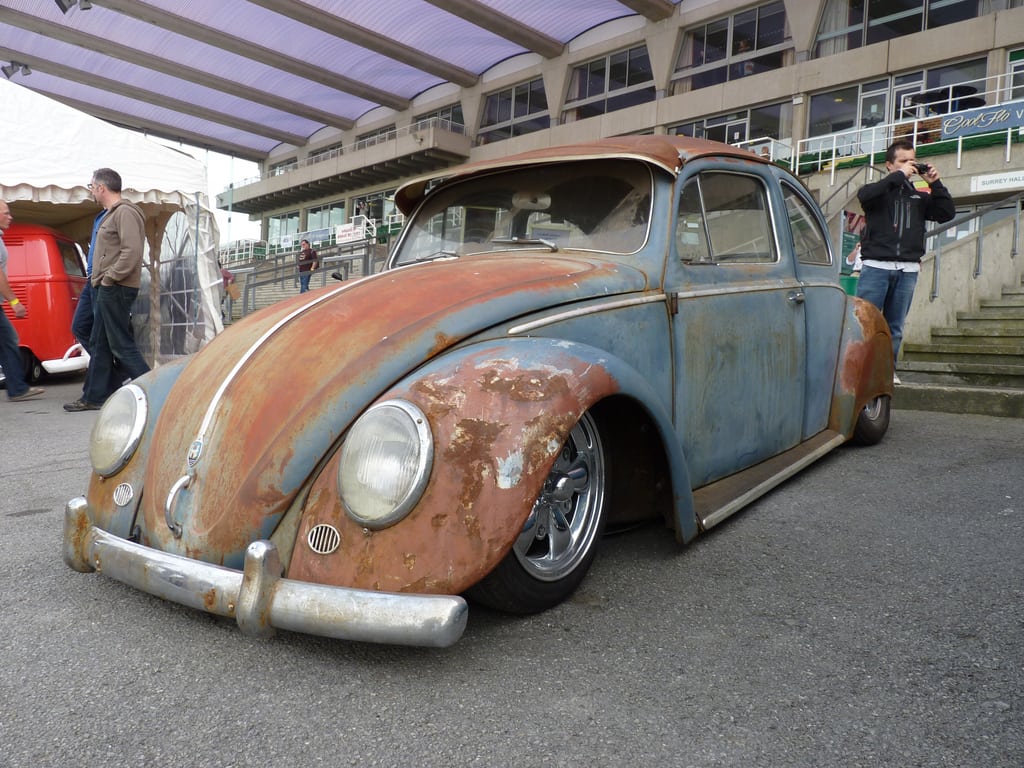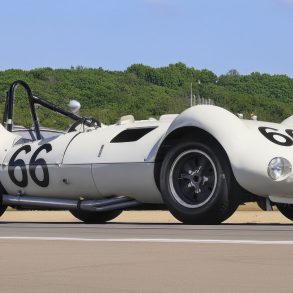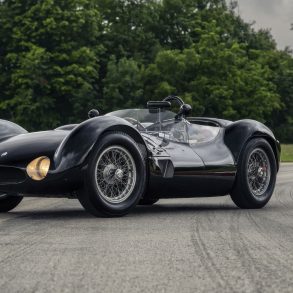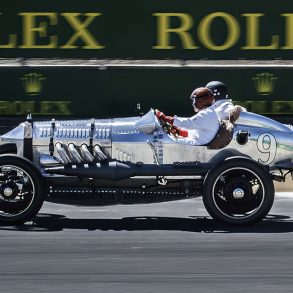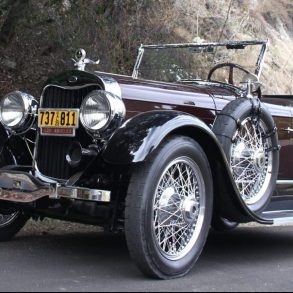As a car designer and vintage car enthusiast, I get a lot of questions about cars, the interest behind certain brands, why some cars look better than others, and what makes a car collectible. For the most part, cars are reflections of general tastes, cultural interests, and very often convey a great deal about their owners. So it was particularly challenging when one of my friends and I were at a local car show and we saw a lowered rusty, ’60s sedan with a nicely restored engine, a woven blanket covering the worn upholstery, and a seemingly misplaced level of cleanliness and near obsessive detailing around the rust and dirt. It was an interesting combination of rusty and restored. My friend asked me, “Why would anyone want a rusted out low rider?”

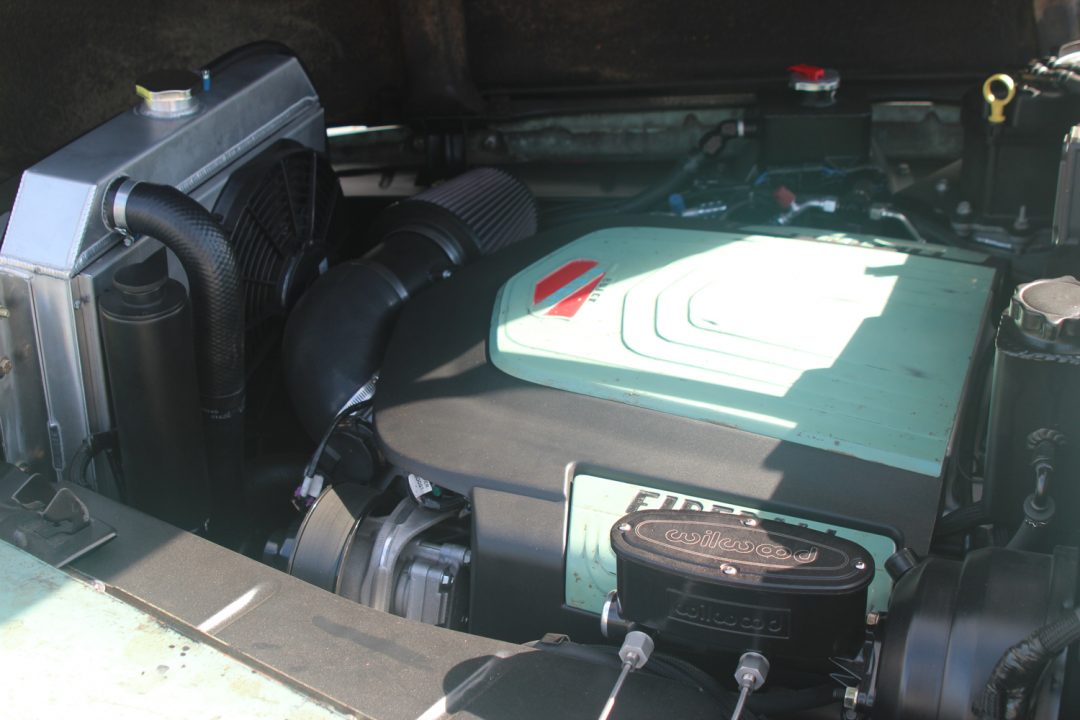
As a bit of background, in the hot rodding community, the emergence of what have come to be known as “Rat Rods” was a backlash against the Boyd “Billet” look and feel of the pristine high dollar hot rod that represented everything some believed hot rodding was not. This Rat Rod phenomenon began in the 1990s and it was fueled by a pretty distinct group of culture rebels who’d just had enough of it. By 1997, Jay Ward and Kirk Jones decided after too many frustrating outings with their unfinished hot rods, they would put on their own show. Though attendance was small, it started a trend leading to one of the largest shows in the world “Billetproof”, which is still running today.
The emergence of what I call “Rustified” cars began as an outgrowth of the Billetproof genre and combines the ideals of a properly sorted, but modified car, while paradoxically preserving the desirably rusted finishes of a neglected car. These cars are generally brought up to a high mechanical standard, usually sporting modern disc brakes, modern engines or potent rebuilds of original engines, contemporary stereos, and radial tires. But the majority of the exterior finishes retain all the hallmarks of former neglect. And while we certainly don’t see Ferraris or Rolls-Royces treated to this combination, we do see a range of lower market cars with a great deal of representation in this unique and growing genre.
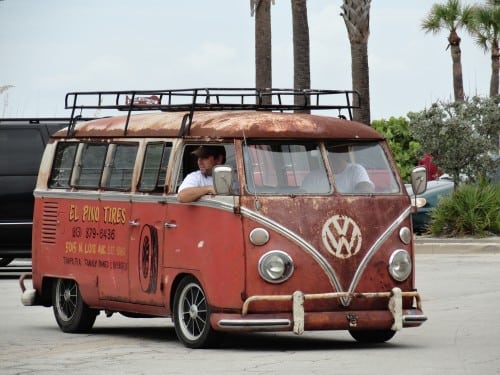
The rustified car is a reminder to all of us who ever dreamed of being something beyond the challenges of who we were, the limits society put on us, and the condemnation of others who intimidated us into thinking we would be nothing more than a carelessly neglected, limping rusted hulk. But rust is not a diminishing process. The beauty of the rusted car is that it is additive. Rust does not take away, it grows, becoming more present with each moment of corrosion. In this respect, these forgotten, weed infested, ground slammed cars represent a moment in time challenging anyone who never imagined such a wreck could be brought into the sunlight with pride. So why keep all that rust? Because it is the pain, the power, and the integrity of this finish that shows no shame, allows for us to be humanly vulnerable, to rust but grow in the honest elements of a challenging past and still drive with dignity into a promising future.
Cars are not about perfection. They are deeply fused with our youth, our movements, and our desire to want for a better future. You are never in a car without a destination – always heading toward a future. In that way, cars transport us both physically and emotionally into a different way of seeing who we are and what we want for our tomorrow. So the next time you see a rusted low rider skimming along the show field and wonder why it isn’t restored, remind yourself that great cars are not simply gleaming paint. They can be filled with honest reflections of a challenging past, even though the surface luster seems lacking from your point of view. We all need to see beyond the surface of our cars, deeper than the rust that appears abhorrent, and into the lives of our fellow enthusiasts who have lived survived and saved far more than just a rusted old car.


